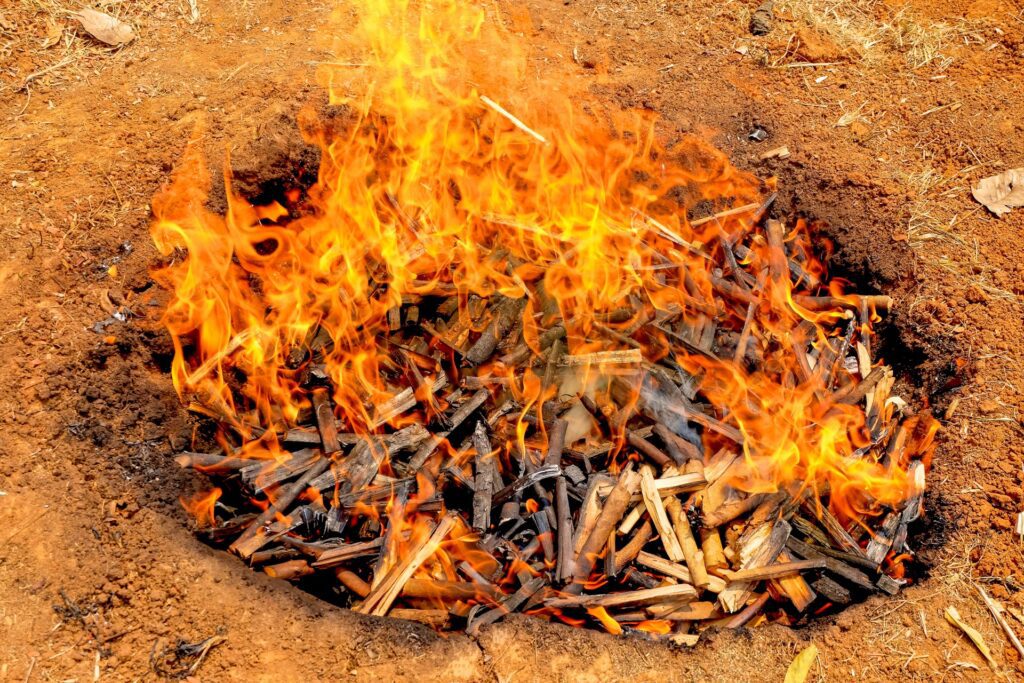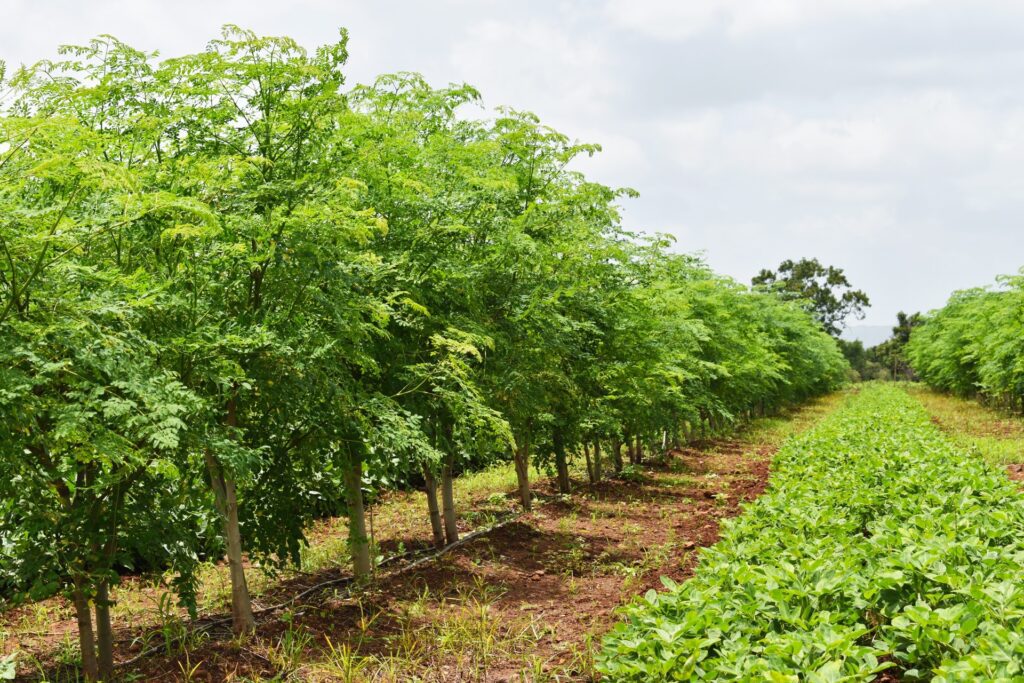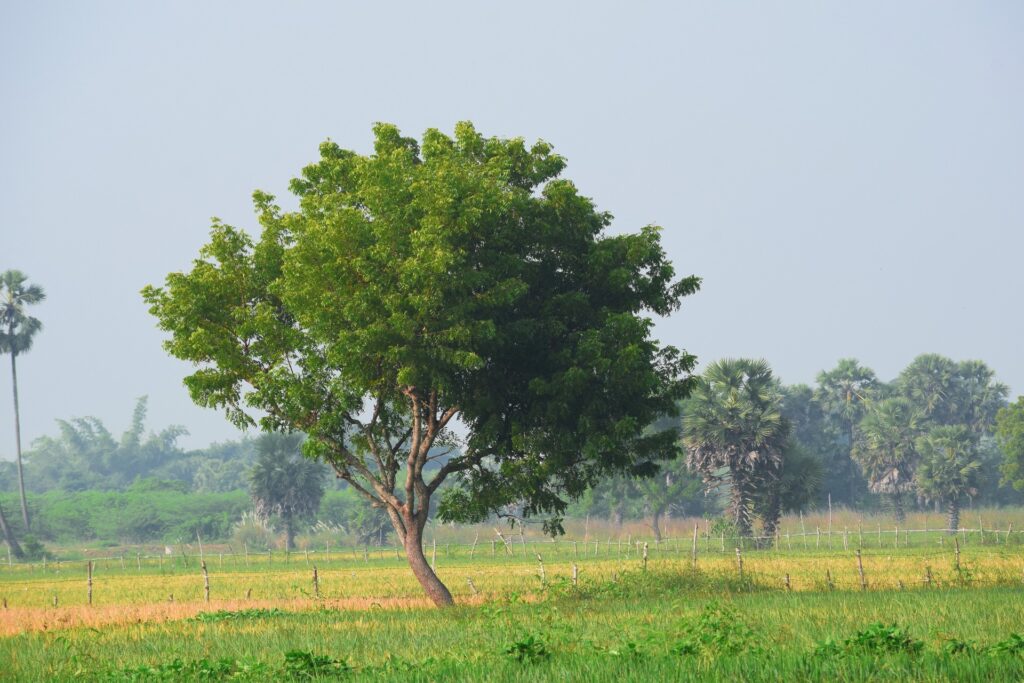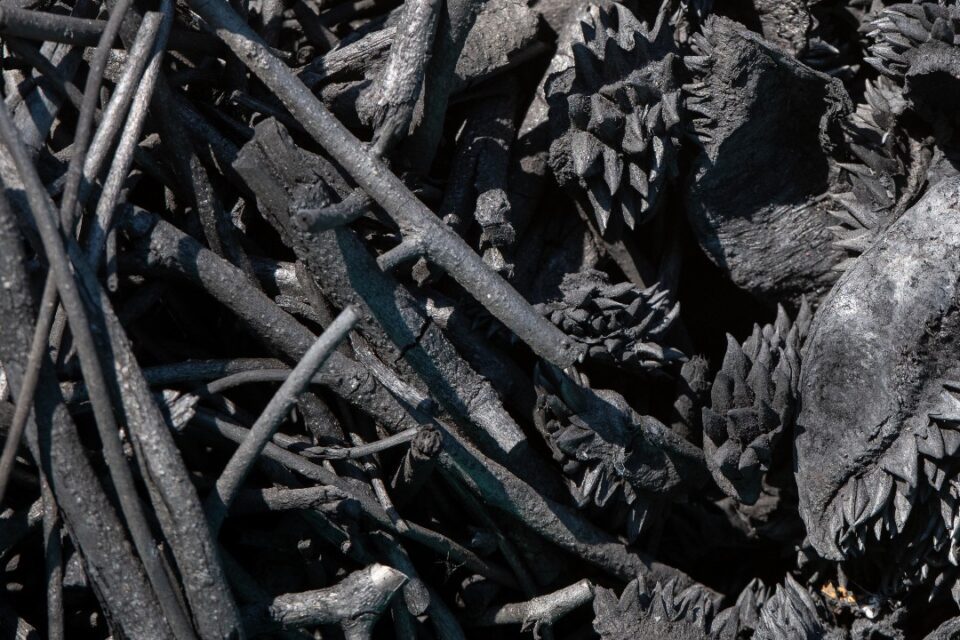Water management starts at plot level. It is there that the ‘future’ of a raindrop is decided: whether it will run off, infiltrate, or evaporate back into the atmosphere without productive use. It implies that water management is directly related to land management—and that is a problem.
One of the main challenges in water resources management has always been how to convince the many thousands of individual smallholders, who live and farm in a catchment, to manage their land in a responsible manner—that makes effective use of the rainfall on the plot and preserves its soil—while at the same time create conditions for these folks to make a decent living.
This question is even more pertinent in the tropics, as many people doubt that smallholder farming here is actually viable, given the prevailing thin and poor soils in a large part of this climate zone. If smallholder farming is—almost inevitably—not much more than subsistence farming, it will be exceedingly difficult to encourage responsible land stewardship—with all attendant adverse consequences for the state of the water resources.
Biochar offers a glimpse of hope.
Biochar
Biochar—which is like charcoal but not the same—is pure carbon that is produced from biomass by pyrolysis, which means without oxygen. It is stable and can endure in soils for hundreds of years—and that is what makes it special.
Biochar serves as a soil amendment. Benefits include:
- It is highly porous and therefore increases soil moisture storage capacity—this is important as rainfall in the sub-humid tropics is significant but highly variable
- It lowers soil acidity—also important since most tropical soils are acidic
- It is effective at retaining water-soluble nutrients and therefore decreases nutrient leaching
- It provides a habitat for soil-life and thus strengthens the soil-food web
- It allows oxygen to flow into the soil
In old and thin tropical soils—which are dominant in most of Sub-Saharan Africa—most nutrients have leached, and soil fertility is mostly held in organic matter. Hence degraded lands that have been stripped of much of their vegetation are typically poor in terms of nutrients. At the same time, they are vulnerable to droughts as the water holding capacity of these soils is low.
Agricultural activities on these lands, therefore, face two critical biophysical constrains at the same time: periodic moisture deficits and inadequate nutrients.
One must keep in mind that rainfall over the sub-humid climate zone is substantial and exceeds 800 mm per year while it is often much higher. This is a considerable resource. However, the temporal variability of rainfall is high—within the season and between years. Because potential evaporation is also high so close to the equator, a few weeks without rain in the cropping season can already lead to moisture deficits at critical points for plant growth, with related risks for crop failure.
And this is where biochar comes in. The water holding capacity of biochar can provide the moisture to just get you through to the next rain event, while its ability to retain nutrients rewards activities that over time improve the fertility of these poor soils, such as cover crops or mulching. In fact, field tests have shown that applying the equivalent of 100 tons of biochar per hectare—which is roughly 1 cm when spread over the field—would lead to a yield response of 1.2 ton/ha for maize (Thomas Katterer – Restoring Africa’s Drylands, June 2021). Good results have also been achieved with much smaller amounts. Note that the yield response is persistent over time—which is important. No additional water or fertilizer were added.
Biochar, therefore, provides a means for smallholders to improve their soil in a lasting and permanent manner. The yield response persists; the biochar does not degrade. They can add little by little, year by year, all the time gradually improving soil moisture retention and the available plant nutrients.

But where does the feedstock to produce this biochar—at scale—come from? Afterall, promoting biochar must not lead to even faster deforestation or land degradation elsewhere.
Smallholder Power
The sub-humid tropics are characterized by year-round high temperatures, rainfall exceeding 800 mm per year, and abundant sunlight. These are ideal conditions for fast-growing, nitrogen-fixing, and short-lived pioneer shrubs and trees that can serve as feedstock for biochar production. They can be planted on less-used and more-degraded parts of the plot. Even a tenth of an acre—or less—would do. Local production for local use. Smallholders control every step of the process. No outside inputs are required.

In principle, trees can—and should—serve multiple purposes such as windbreaks, green manure, or creating microclimates. They can be harvested in a stepwise manner. Biochar is stable and incrementally accumulates in the soil. It is not necessary to fix all soil issues in a few short years—as long as there is progress.
Note that homestead biochar production can be augmented by using biochar producing cooking stoves, which are now commonly available.
For sure, this setup is much more difficult—if not impossible—for broadscale agriculture. For once smallholders have the advantage!
Carbon Sequestration
In a practical world, we would reward smallholders to use their land as a carbon sink and take CO2 out of circulation by pyrolyzing locally grown softwood. It will probably never happen, at least not soon. But, for sure, it does contribute to offsetting global carbon emissions.
No Miracle but Part of the Solution
Biochar is probably not a solution for broad-scale agriculture. The logistics for large-scale biochar plants are daunting and it may create more problems than it would solve. However, local production for local use that solves local water and soil fertility problems is doable—specifically if combined with additional soil improvement methods: nitrogen-fixing cover crops, no-till agriculture, small-scale water harvesting, controlled livestock grazing, etc.
Thus, not a magic bullet; but certainly part of the pallet of options to improve soils, make better use of rainwater, and increase the economic viability of smallholder farming.
And from a water resources perspective, better land management on viable smallholder farms results in less storm-water runoff, less erosion, less eutrophication of water bodies, more baseflow (after many years), micro-climates with lower temperatures, and less demand for supplementary irrigation. All good.

Note: a common critique of the approach discussed in this post goes along the lines of “why would we grow biomass in order to just burn it to charcoal—with all attendant waste and pollution—and bury it in the soil?” It is a legitimate comment and criticism. After all, for normal trees, biomass below ground (i.e. the root system) equals biomass above ground. The living tree, therefore, already performs plenty of soil enhancement and carbon sequestration functions.
The response to this comment centers around three factors: timescale, location, and resilience.
The lifespan of a softwood tree in the tropics is limited and much shorter than the time biochar can endure in the soil. The difference is an ‘order of magnitude’. Thus, soil improvement and yield response through biochar lasts far longer than those delivered by a softwood tree. There is also an accumulation effect. Several softwood-to-biochar cycles produce more permanent and lasting soil organic matter than the root system of the softwood tree alone.
In addition, crop cultivation requires open space. And to create this space, we will need to cut the tree anyway. An agro-forestry setup in this climate zone carries many benefits but still requires open spaces to grow crops. Biochar serves to enhance the soil in these open spaces, not in the forested parts of the mosaic.
The last factor is resilience. If—for whatever reason—the land is cleared of all trees and vegetation, it will quickly degrade and turn into wasteland (in the sub-humid tropics). Soil organic matter will decompose, nutrients will leach, topsoil will erode, and soil moisture storage capacity will decline. The system is fragile. The stable nature of biochar—and its enduring capacity to increase soil moisture and nutrient retention—will give the system some resilience. The land will retain some productivity. Further, it will make it easier for the system to recover ones more responsible land management is reintroduced.
